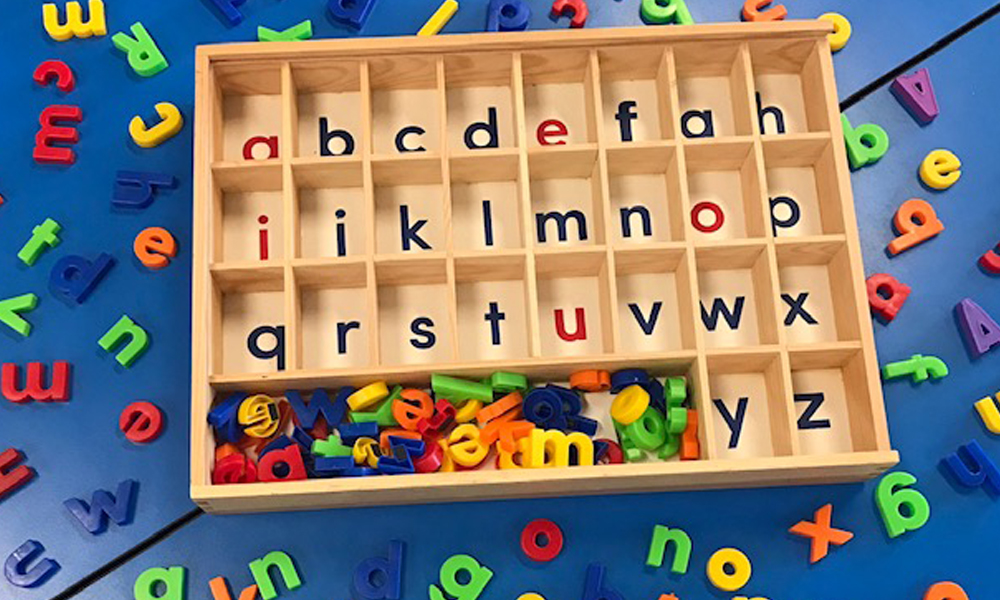Developing literacy skills in young students is extremely important in the early years and a large proportion of the school day is spent teaching these skills. To help me develop my students’ literacy skills, I use a wide variety of teaching tools and resources within my literacy program. Over the past few years, my collection of literacy resources has grown, yet I always seem to return back to my favourites; the resources that can be used in a myriad of ways. In this blog, I have compiled a list of my ALL TIME favourite literacy resources that I use regularly in my classroom and explain the different ways they can be used.
Chunky Alphabet Beads
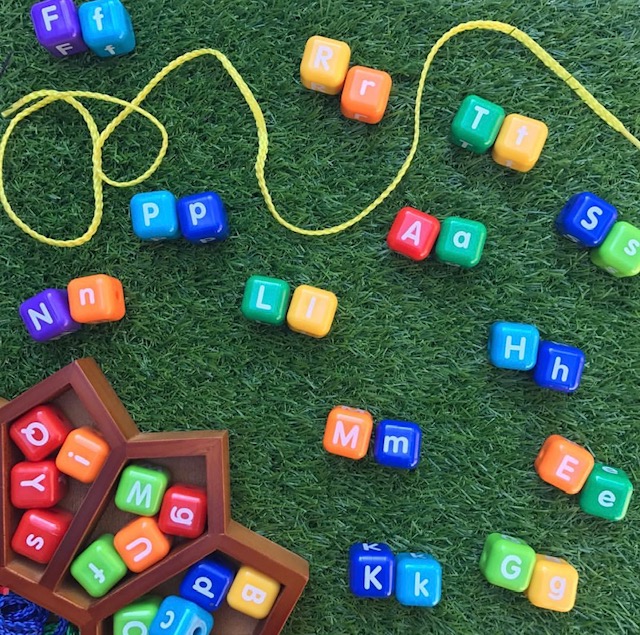 There is something about threading activities that really captivates children’s attention. I have used these Chunky Alphabet Beads in both kindergarten and school settings and both age groups have adored them. On top of the obvious hand-eye coordination and fine motor skills that threading resources promote, there is also a range of literacy skills that these Chunky Alphabet Beads encourage. I have used these beads with my students to develop their letter recognition skills, name and word building skills, as well as awareness of uppercase and lowercase letters and alphabet sequence. Some of the activities I have implemented using these Chunky Alphabet Beads include:
There is something about threading activities that really captivates children’s attention. I have used these Chunky Alphabet Beads in both kindergarten and school settings and both age groups have adored them. On top of the obvious hand-eye coordination and fine motor skills that threading resources promote, there is also a range of literacy skills that these Chunky Alphabet Beads encourage. I have used these beads with my students to develop their letter recognition skills, name and word building skills, as well as awareness of uppercase and lowercase letters and alphabet sequence. Some of the activities I have implemented using these Chunky Alphabet Beads include:
-
- Spelling names (focus on using uppercase letter followed by lowercase)
- Spelling sight words
- Spelling CVC words
- Matching uppercase and lowercase beads together
- Sequencing the alphabet
- Letter finds (e.g. finding all of the e’s, or finding the letter that makes a /s/ sound)

Featured Products:
Chunky Alphabet Beads
Flower Sorting Tray
Wooden Alphabet Sorting Tray
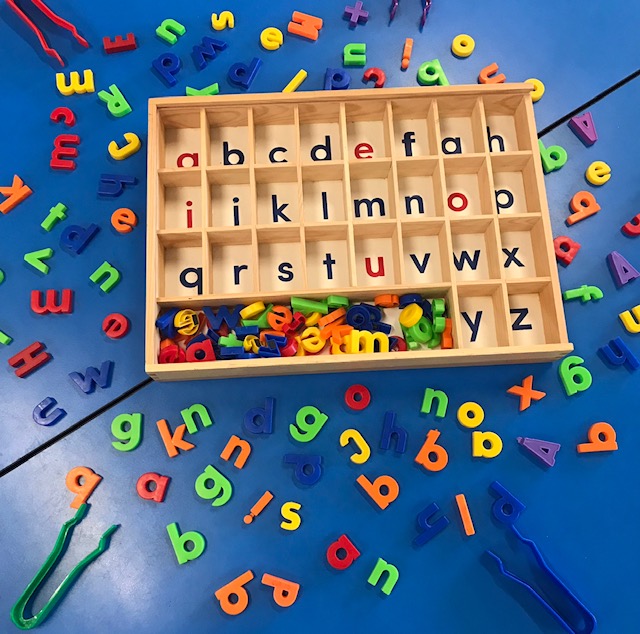
I LOVE resources that can be used in a variety of ways, which is why this Wooden Alphabet Sorting Tray is included in my list of All Time Favourite Literacy Resources. I’ve lost count of the number of times I have used this tray in my early years classroom and it is one of my ‘go-to’ resources when planning hands-on activities for literacy rotations. Some of the activities I have implemented using this Wooden Alphabet Sorting Tray include:
-
- Sorting and matching magnetic letters into compartments (using tongs for added fine motor opportunities)
- Matching an uppercase letter manipulative with the matching lowercase compartment
- Practising letter formation by writing letters of the alphabet on a piece of paper and then placing them in the matching compartment
- Writing words that start with each letter on a piece of paper and then placing them in the correct compartment
- Beginning sound match-up (having a range of small toys and sorting them into the correct compartment according to their beginning phoneme)
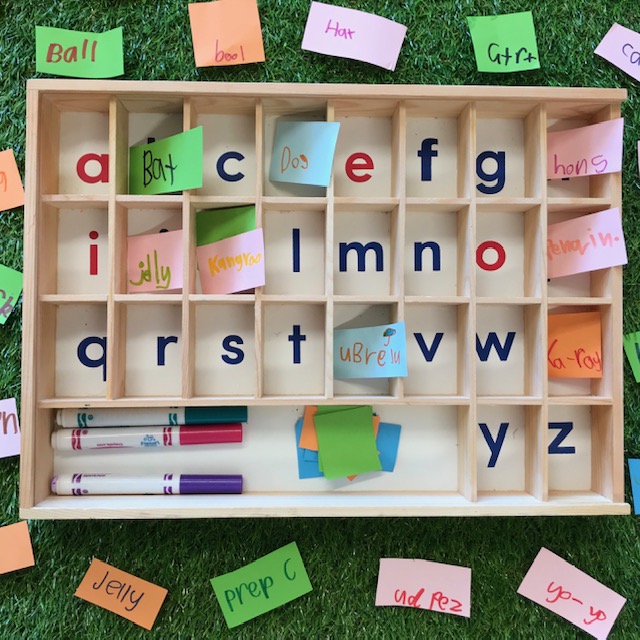
Featured Products:
Wooden Alphabet Sorting Tray
Easy Grip Tweezers
Magnetic Lowercase Letters
Alphabet Bean Bags
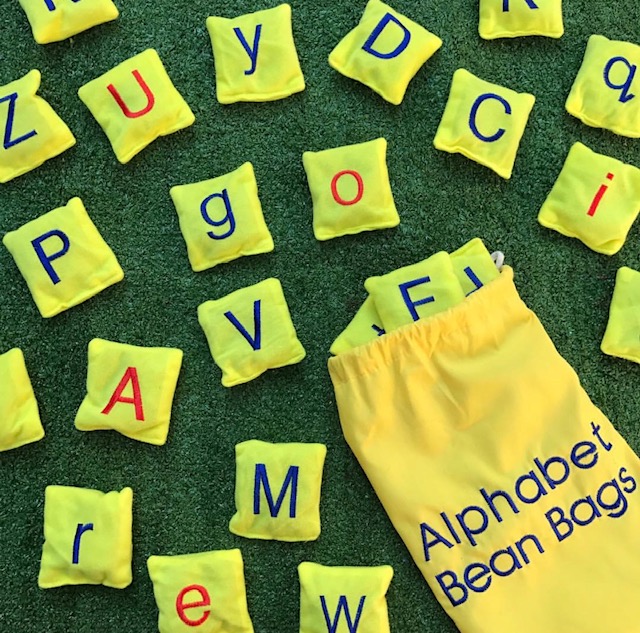
In early years classrooms, there are many times in the day when students are transitioning from one activity to another. I like using these transition times as a teachable moment to consolidate learning and to give the children an opportunity to showcase their understanding. One of my favourite ways to transition students (e.g. from the carpet to the tables) is by throwing an alphabet beanbag to each student. Each child will catch their beanbag and tell the class what letter they are holding. This activity can also be adapted by having the student explain what sound that letter makes, or say a word that starts with that letter. Besides transitioning, other activities I have implemented using these alphabet beanbags include:
-
- Throwing beanbags into a hula hoop and saying the name of letter/correlating sound
- Laying letter cards out on the carpet and throwing the beanbags on top of matching letters
- Uppercase/Lowercase game where the beanbag is thrown and then depending on what side it lands on, students will say “Uppercase!” or “Lowercase!”

Featured Products:
Alphabet Bean Bags
Alphabet Wall Frieze
Phonix CVC Group Work Set
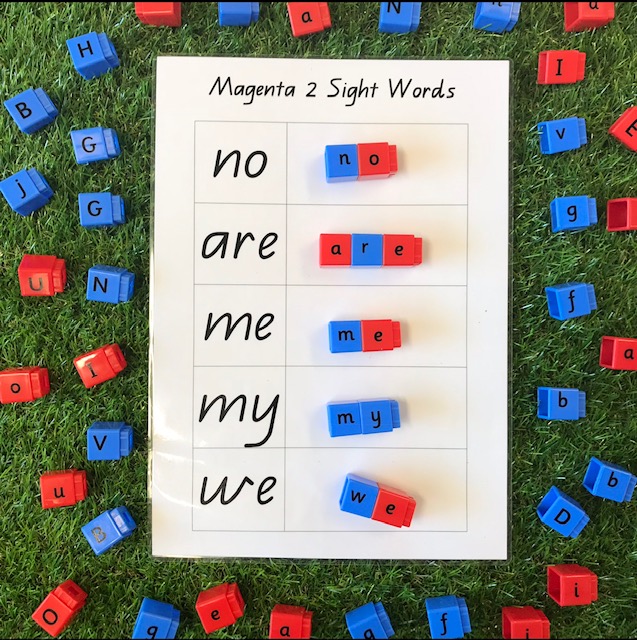
Along with making CVC words, some of the other ways we have used these Phonix cubes in the classroom include:
-
- Building sight words
- Building word families
- Building names (they have uppercase on one side, lowercase on the other)
- Sequencing the letters of the alphabet (my students love this one because they end up with a really long creation, which they think is fun!)
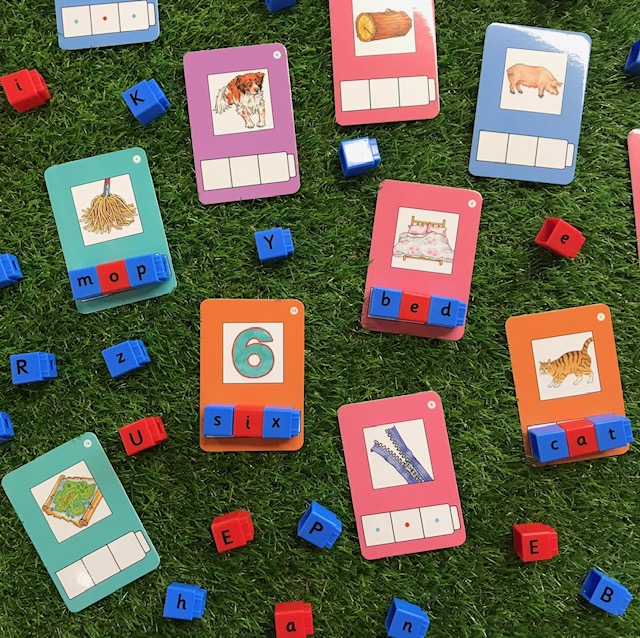
Featured Product:
Lowercase Alphabet Dough Stampers
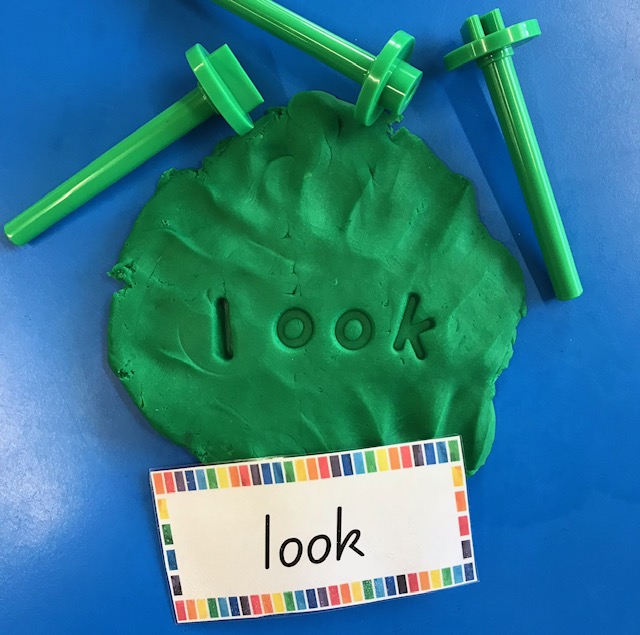
Playdough is ALWAYS a hit in my classroom and is perfect for developing those important fine motor skills as well as allowing children to engage in sensory play. To add an extra element to playdough play, I love adding these Alphabet Stampers to our playdough table to encourage letter exploration and word building. We frequently use our Alphabet Stampers to practise our sight words, which is a great way for students to familiarise recognising, reading and spelling these important words. Other ways we have used these Alphabet Stampers in our classroom include:
-
- Stamping names into playdough
- Stamping CVC words into playdough
- Tracing letters with a finger after stamping

Featured Product:
Lowercase Alphabet Dough Stampers
Write and Wipe Sleeves
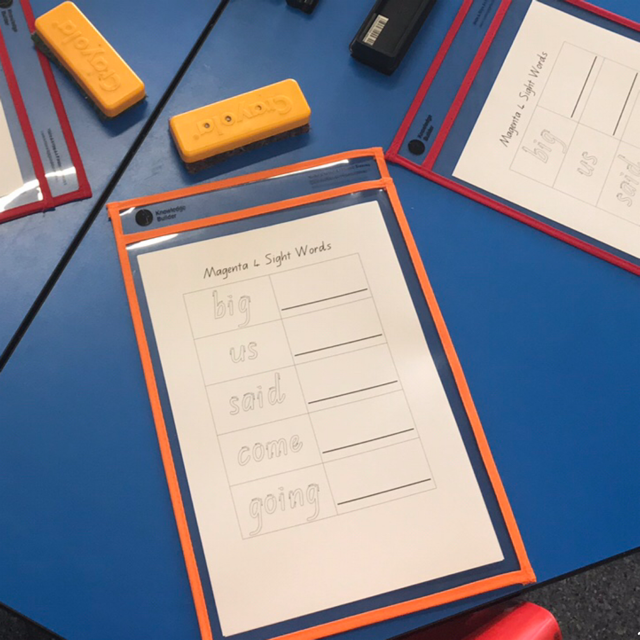
These Write and Wipe Sleeves have saved me SO much time and money over the past year, which is why I’ve included them on my All Time Favourite Literacy Resources list! What teacher doesn’t love saving time and money?! There is no need to laminate sheets with these Write and Wipe Sleeves, I simply place whatever sheet I need for the lesson inside the sleeve and then voilà! Students can write with whiteboard markers on these sleeves and then easily wipe away. Some of the activities we have used these Write and Wipe Sleeves for include:
-
- Roll and Write sight words
- Tracing and writing sight words
- Tracing letters or using resources (rocks etc) to trace over letters
- Making playdough letters
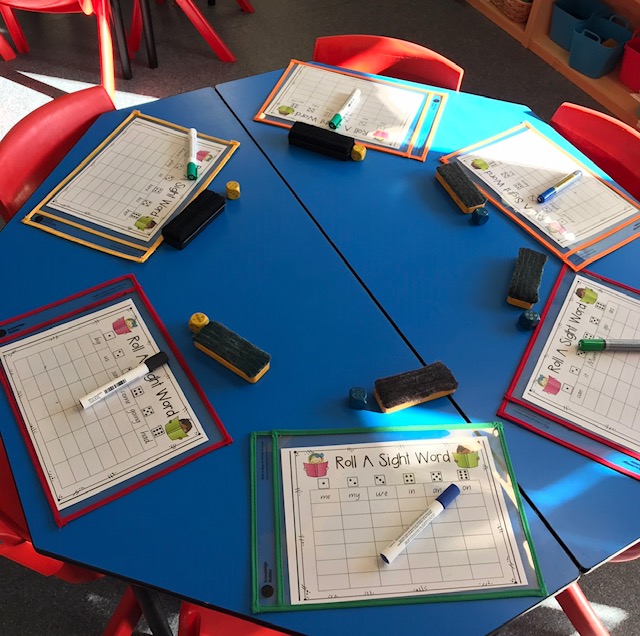
Storywands
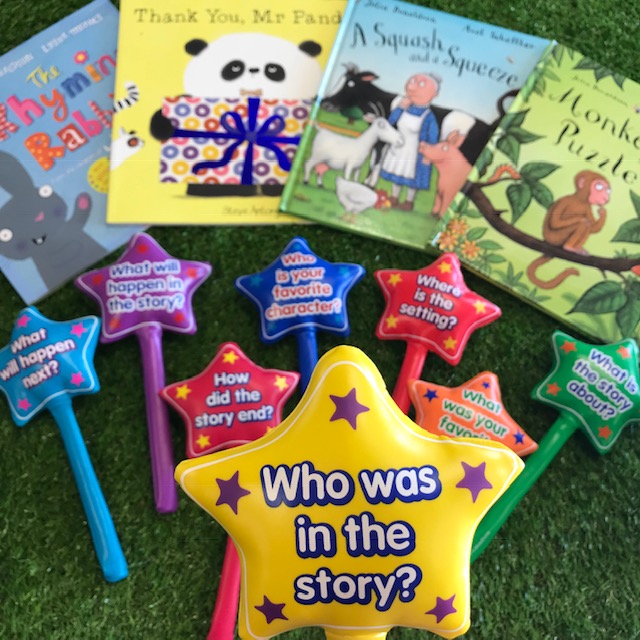
Developing oral language skills and comprehension skills are vital components of our early years curriculum. One of my favourite resources to support development of both of these skills are Storywands. Storywands are a fun way to encourage discussion and understanding of stories. We have used them in whole-group shared reading sessions, as well as small-group guided reading. Each star has a different question on it, which encourages students to focus on different story elements. These Storywands are used extensively as part of our reading program and in a variety of ways, including:
-
- In whole-group shared reading
- In small-group guided reading (where each student answers a question)
- Using one star per lesson as a focus (for example, students will draw a picture to answer the question, ‘How did the story end?’)
- To focus on developing the reading skill of prediction
- To focus on developing oral retelling skills
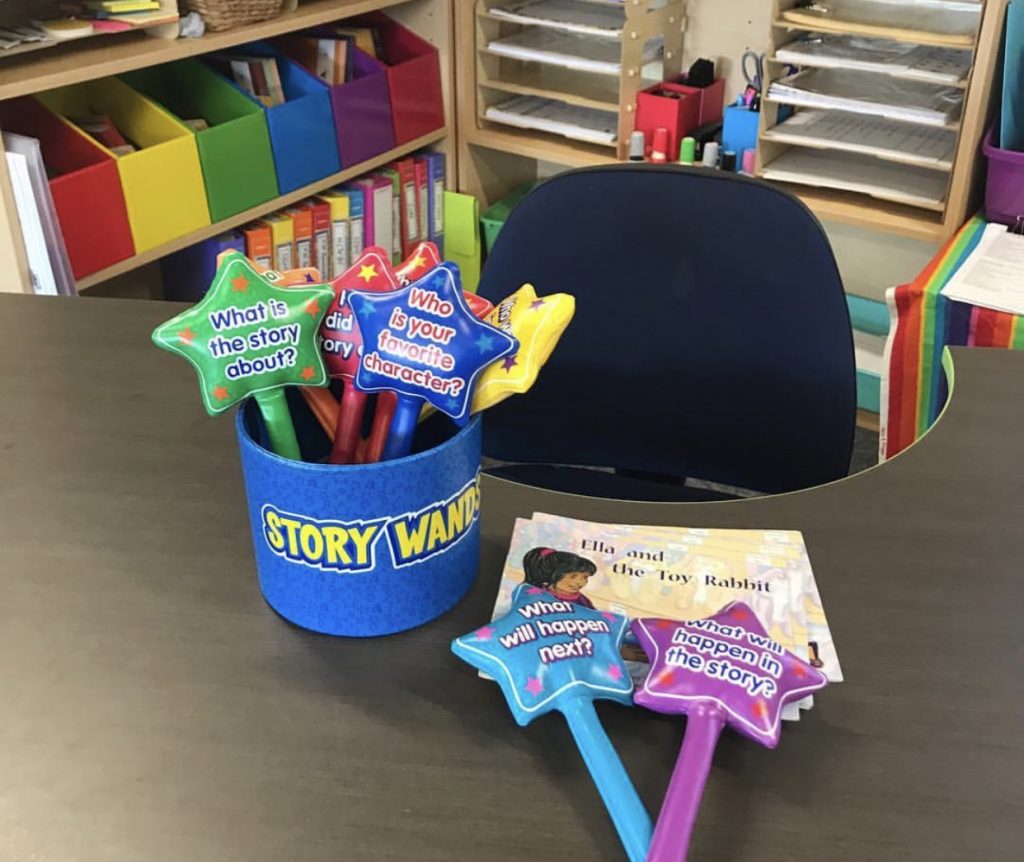
Wooden Alphabet Discs

I have a weakness for any type of wooden resource – especially ones that can be used in so many ways! These Wooden Alphabet Discs have 26 uppercase and 26 lowercase discs and are perfect for simple letter recognition and letter matching games. I have used these beauties in both kindergarten and school settings in a variety of ways, including:
-
- Letter match-up sheets (matching letters, matching uppercase to lowercase)
- Looking for alphabet discs in rainbow rice
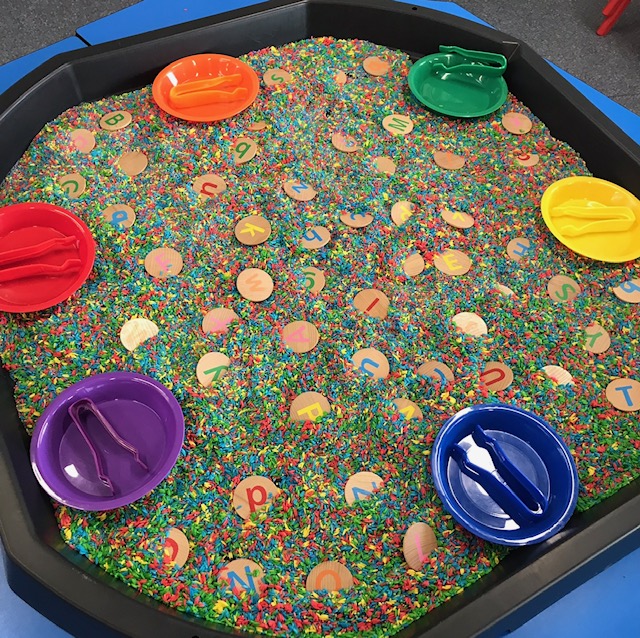
- Separating numbers and letters (with the addition of Wooden Number Discs)
- Letter Partner game (hand out uppercase and lowercase discs to students and then they have to find their partner with the matching letter)
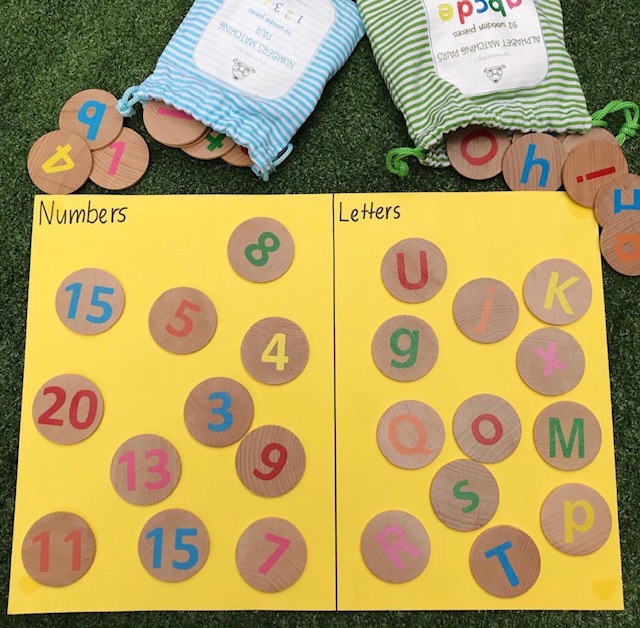
Featured Products:
Wooden Alphabet Discs
Active World Tray
Coloured Plastic Bowls – Set of 6
Easy Grip Tweezers
1-20 Wooden Number Matching Discs – 40pc
Lowercase Letter Beads

You already know that my students LOVE threading activities, so it probably won’t surprise you that I have included these Lowercase Letter Beads in my list of All Time Favourite Literacy Resources. I love that these beads are lowercase and they can be used with lots of different tools such as string, laces or even pipe cleaners. We mainly use these beads to practise spelling our sight words. Our favourite way to do this is by threading them onto a string as well as using tongs to pick them up and arrange them into a word. Other ways we have used these Lowercase Letter Beads in the classroom include:
-
- Spelling names
- Sequencing letters in the alphabet
- Creating a string of words in word families (e.g. mat, cat, sat)
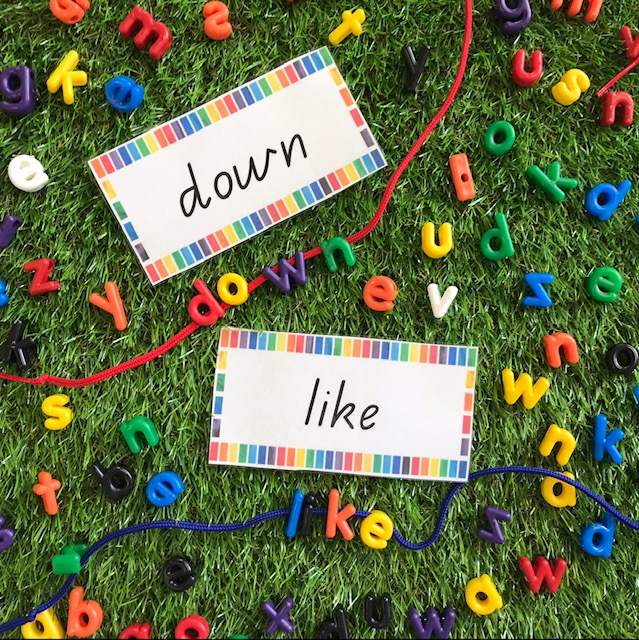
Featured Products:
Lowercase Letter Beads – 288 pieces
Fine Motor Tweezer Tongs
Alphabet Soup Sorter Cans
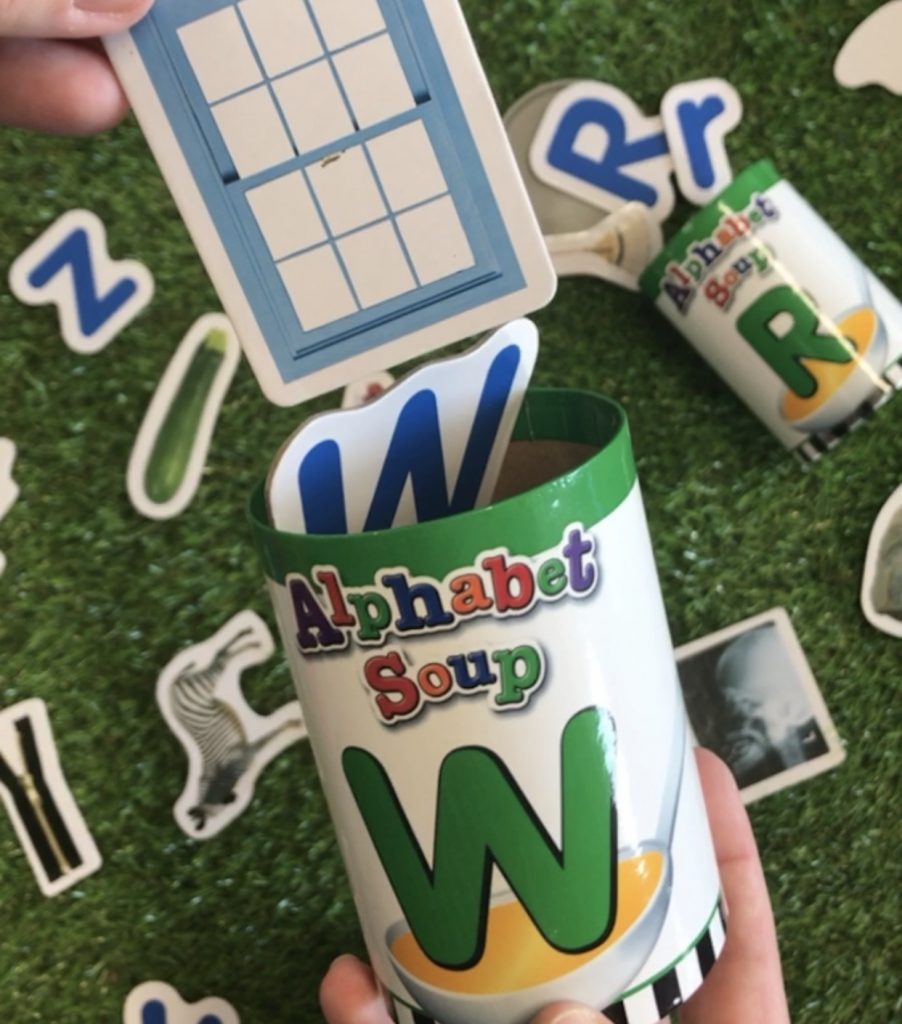
Last, but definitely not least, on my list of All Time Favourite Literacy Resources are these Alphabet Soup Sorter Cans. My students always get super excited whenever I bring these out because of their fun nature and opportunities for hands-on learning. This resource encourages students to sort the object and letter cards into the correlating cans and supports alphabet awareness, letter and sound recognition. Some of the ways I have used this resource in my classroom include:
-
- Whole group activities when introducing a letter/sound
- Consolidating a group of sounds (e.g. SATPIN)
- Small group sorting with some or all cans
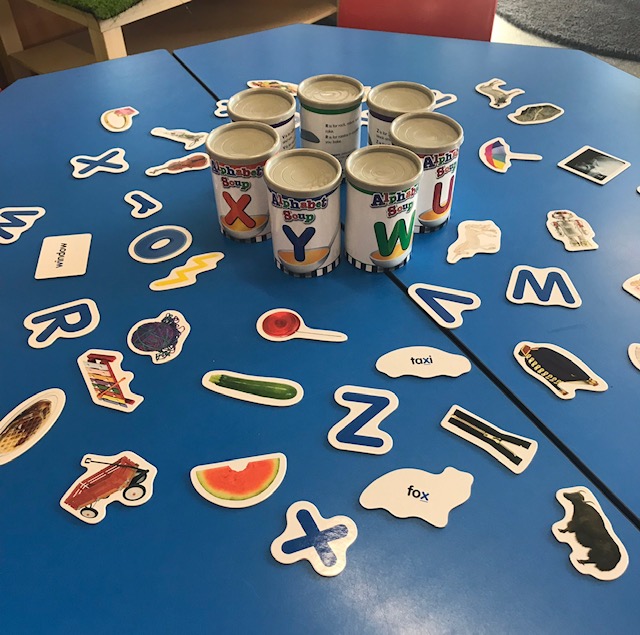
Featured Product:
Have you used any of these resources within your literacy program? What is your all time favourite literacy resource? We’d love to hear from you.
ABOUT HEIDI:
Heidi Overbye from Learning Through Play is a Brisbane based, Early Years Teacher who currently teaches Prep, the first year of formal schooling in Queensland. Heidi is an advocate for play-based, hands-on learning experiences and creating stimulating and creative learning spaces. Heidi shares what happens in her classroom daily on her Instagram page, Learning Through Play. See @learning.through.play for a huge range of activities, play spaces and lesson ideas.

